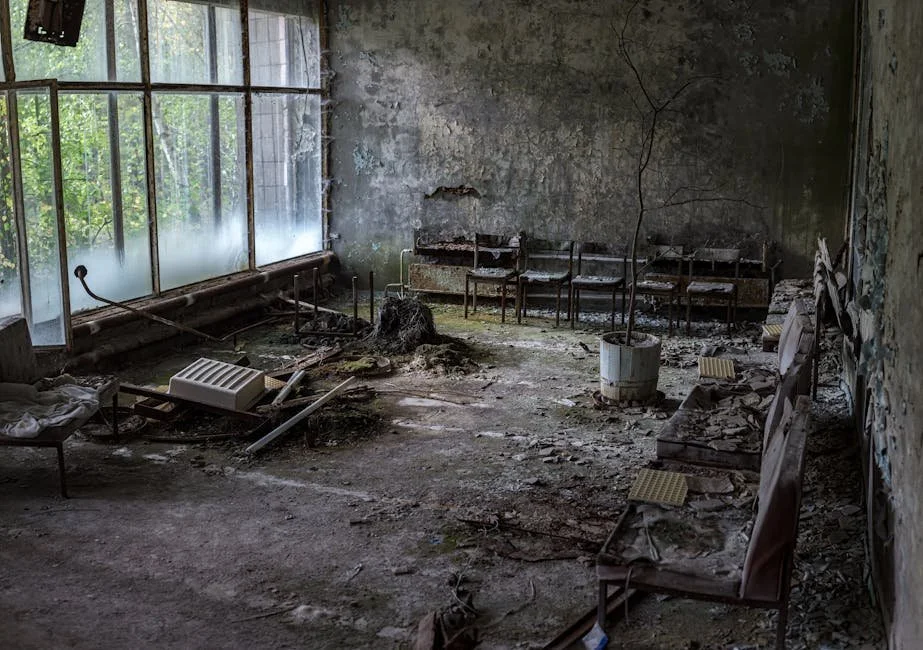From Ashes to Aesthetics: The Process of Fire Damage Restoration
Navigating the aftermath of a fire can be overwhelming, with damage that goes beyond the eye. However, the journey from ashes back to aesthetics through fire damage restoration is not only possible but can transform a space back into a home or business. This guide will walk you through each step of the process, detailing how professionals turn disaster into rejuvenation.
Understanding Fire Damage: More Than Just a Burned Structure
Fire damage goes beyond the immediate burns and destruction visible to the eye. It's a complex blend of structural compromise, smoke infiltration, and water damage from firefighting efforts. Understanding the extend and nature of fire damage is crucial in planning a comprehensive restoration strategy. Professionals in the field start with a thorough assessment, identifying not just areas that have been burned, but also those that may have been weakened or compromised.
Aside from the visible damage, smoke and soot can present insidious problems. Soot is acidic and can quickly cause materials to deteriorate, while smoke can permeate within walls, remaining a persistent reminder of the fire if not adequately addressed. Dealing with these invisible threats is a key part of the restoration process, requiring specialized techniques and equipment to fully cleanse and deodorize the space.
The Initial Steps of Fire Damage Restoration
Immediately after a fire, securing the property is paramount. This often involves boarding up windows and doors and possibly tarping the roof to prevent further damage from the elements. These initial steps protect the property from both weather and unauthorized entry, setting the stage for the detailed cleanup and restoration process that follows.
Following securing the property, a detailed inventory of items and structural components is taken. This critical step not only aids in estimating the extent and cost of the damage but also helps in processing insurance claims. Restoration experts work closely with property owners to sift through belongings, salvaging what can be restored and documenting what needs to be replaced.
Cleaning Up: Soot and Smoke Removal Techniques
Cleaning up after a fire involves a lot more than just removing debris. Professionals employ a variety of techniques to tackle soot and smoke, including the use of HEPA vacuums to trap particulate matter and specialized chemical sponges to clean surfaces without spreading soot around. For pervasive smoke odors, technologies like ozone generators or hydroxyl generators are used to break down the smoke molecules, eliminating the odor at its source.
Restoration and Reconstruction: Bringing Your Space Back to Life
Once the cleanup is addressed, the real work of restoring the space begins. This phase can range from minor repairs to complete reconstruction, depending on the severity of the damage. Skilled tradespeople and craftsmen work to repair or replace damaged structural elements, ensuring that the rebuilt space meets all safety and building codes. It's a meticulous process, blending the necessary functionality with the desired aesthetic to restore the property fully.
This phase of restoration often involves close collaboration between contractors, designers, and the property owners. It's an opportunity to not just restore, but to improve upon the original space, implementing modern features or design elements that were not present before. This collaborative effort ensures that the end result is not only a return to normalcy but an improvement on the pre-damage state.
Finishing Touches: Aesthetic Considerations in Fire Damage Repair
The final phase of fire damage restoration focuses on the aesthetic details that make a space feel like home. This includes painting, installing new flooring, and replacing doors and trim. It's these finishing touches that truly bring a property back to life, transforming it from a construction site back into a comforting, welcoming space. Professionals often work with interior designers to ensure the final aesthetic aligns with the owner's vision, creating a sense of closure and renewal as the project concludes.
Rising From the Ashes
The path from the chaos of fire damage to the tranquility of a restored space is both a science and an art. It demands a blend of technical skills, meticulous planning, and a creative touch to bring out the beauty that once was. Fire damage restoration is more than just repairing; it's about reimagining spaces to make them feel like home again. As you close this guide, remember that restoration is a beacon of hope—a testament to the resilience within us all.

